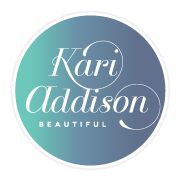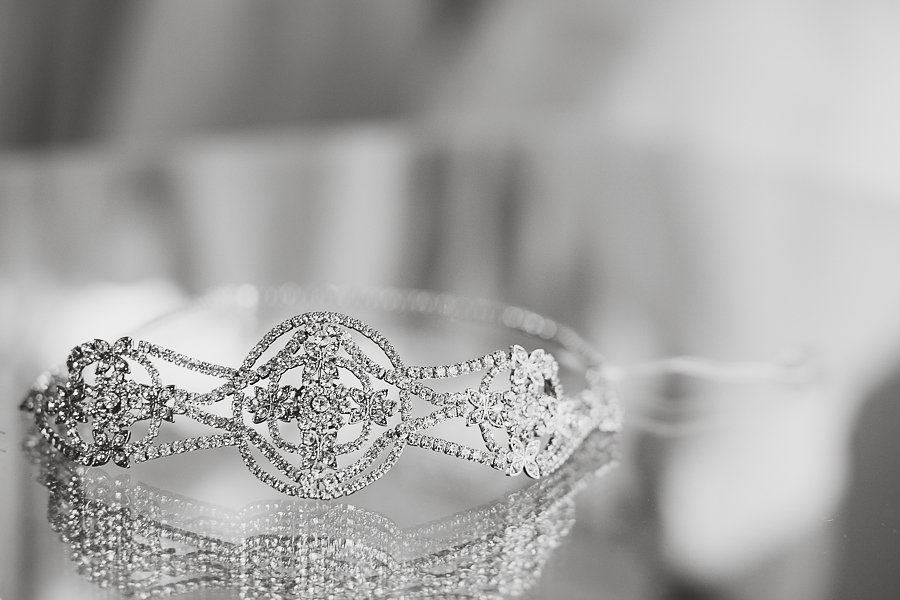As we learnt before, photoaging is premature skin aging caused by an over exposure to the sun’s rays. It provokes 80% of your total skin aging.
This leads to the faster development of the aging signs such as lines of expression, lack of elasticity or wrinkles. Today we are going to talk about the things we can do to prevent photoaging.
1. Use a good sunscreen every day
Many people think that they are only exposed to the sun when it is sunny and the sun is shining, but that is not true.
Using a sunscreen daily will decrease the amount of UV rays absorbed by the skin and hence protect it from harmful sun exposure.
It is necessary for everyone to apply photoprotection throughout the year, especially people with lighter skin phototypes (although sun damage affects all phototypes). In winter it is generally enough applying sunscreen midmorning, but it must be done.

Furthermore, UV rays can reach you even when it’s cloudy or you’re indoors, so you should wear your broad-spectrum sun protection product every day.
The ideal sunscreen should have an SPF of at least 30, with a broad spectrum protection formula to protect against both UVA and UVB, and suitable for all kind of skins (meaning it has to be non-irritating, oil-free, and hypo-allergenic).
Eryfotona Actinica SPF50+ is an effective, high SPF sun protection with DNA Repairsomes that helps protect against photoaging and address sun-induced skin damage.
2. Apply sunscreen properly
In order to protect your skin from photoaging, you also need to know how to apply sunscreen properly. Apply sunscreen to all sun exposed areas, and particularly your face, neck, ears and hands, since they are more exposed to the sun than the rest of our body. These areas need a consistent protection through all the year to help reduce the visible signs of photoaging.
Lips are also very prone to photoaging, so be sure to apply a lip balm with at least SPF30.
Sunscreen needs some time to prepare your skin. Apply it 20-30 minutes before sun exposure and re-apply it at least every two hours. If you want to keep it safe, reapply sunscreen also after swimming or sweating, or use a waterproof sunscreen.

We recommend to apply the right amount of product by using the rule of the two lines: apply two lines of sunscreen from the bottom to the tip of our fingers will do to cover all of our face.
3. Sun avoidance
We cannot turn the sun off, but we can limit our exposure when sun rays are more harmful. Try to limit sun exposure from 10 am to 4 pm, when UV radiation is strongest.
If you have to be outside during these hours, protect yourself by seeking shade areas under trees or buildings.
And last but not least, avoid using indoor tanning beds. The cumulative damage caused by tanning beds’ UV radiation can lead to premature skin aging, as well as skin cancer: people who use a tanning bed before age 35 increase their risk for melanoma by 75%.

4. Protective clothing
You can also protect your skin from the sun and photoaging with protective clothing. For example, you can wear broad-brimmed hats that help you protect your face and neck.
Try to have the most sensitive areas of your body covered. Light phototypes can easily get burn in the neckline, so it is important for them to protect this area by wearing clothing that covers it. Wearing long-sleeved shirts and long pants when possible will also help, although it is more difficult to wear them during summer.
Good quality sunglasses protect your eyes from sun damage. Be sure to choose the ones that suit your style but also your needs: bad quality sunglasses will not block UV rays and will not protect your eyes. You can see some tips on how to choose the best sunglasses at the American Academy of Ophthalmology.



